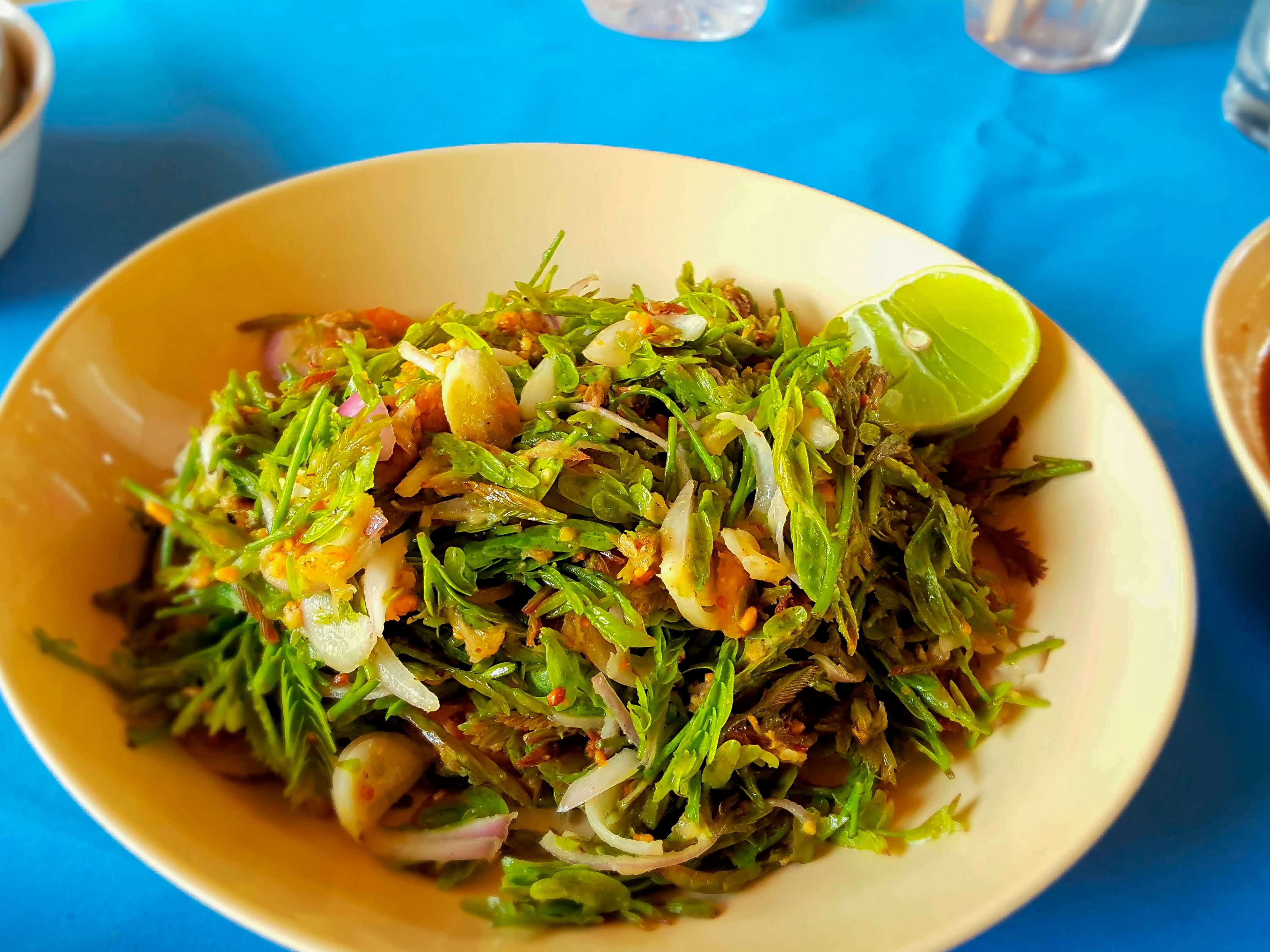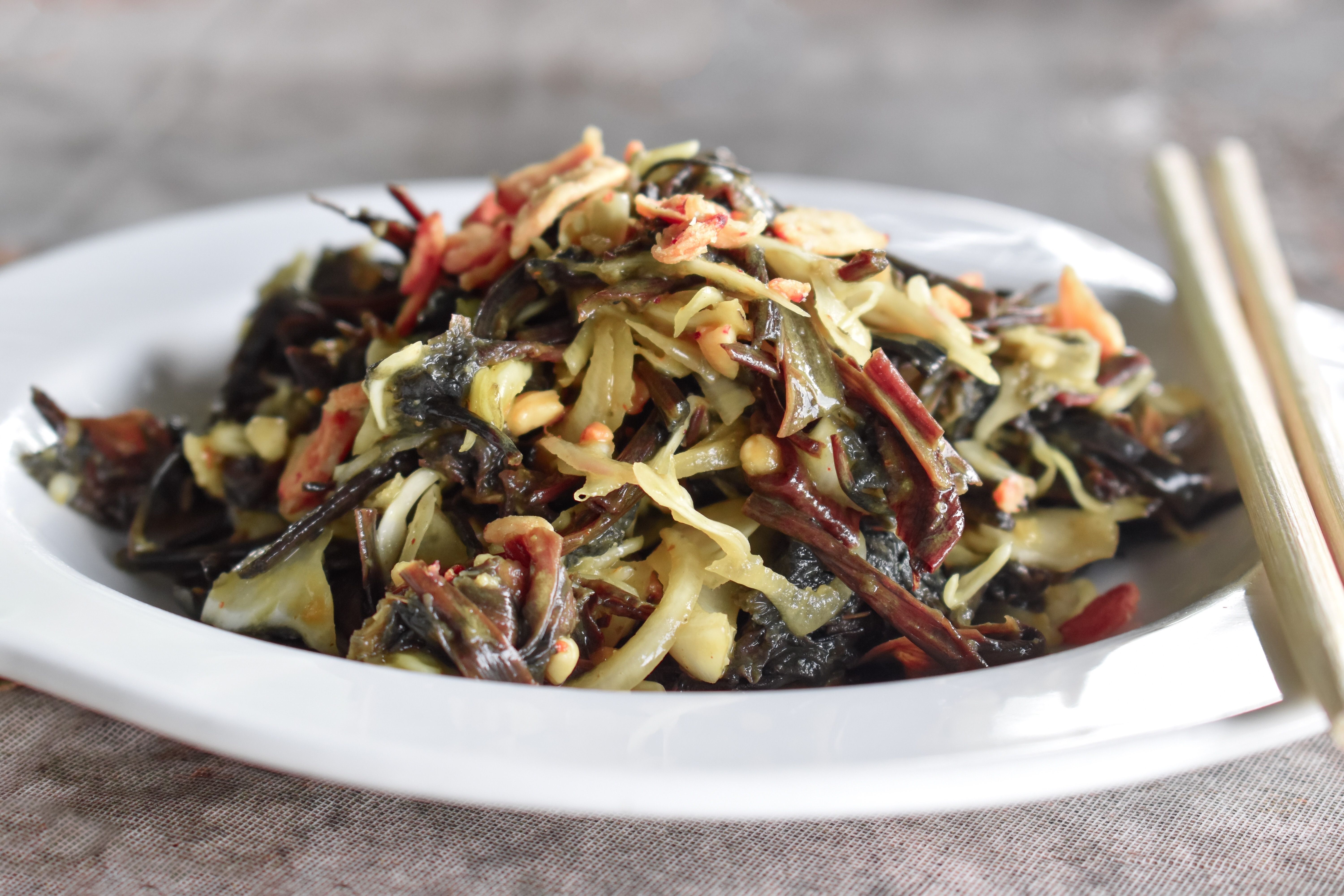Myanmar Cuisine
Introduction to Myanmar Cuisine
Myanmar, a country rich in culture and history, is also home to a diverse and flavorful cuisine that reflects its vibrant heritage. Often overshadowed by its Southeast Asian neighbors, Myanmar's culinary landscape is a tapestry woven with influences from India, China, and Thailand, yet it maintains a unique identity. The country's cuisine is a delightful exploration of tastes that range from the tangy to the spicy, offering a gastronomic adventure for food enthusiasts.

Signature Dishes of Myanmar
Mohinga: The National Dish
No exploration of Myanmar cuisine would be complete without trying Mohinga, the beloved national dish. This comforting bowl of rice noodle soup is traditionally served for breakfast but can be enjoyed at any time of day. The broth, made from fish and seasoned with lemongrass, ginger, and garlic, is both hearty and aromatic. It's typically garnished with crispy fritters or boiled eggs, making it a meal in itself.
Tea Leaf Salad: A Unique Experience
Laphet Thoke, or tea leaf salad, offers a unique taste experience that is quintessentially Burmese. This salad features fermented tea leaves mixed with an assortment of ingredients such as shredded cabbage, tomatoes, nuts, and crunchy beans. The result is a dish that is simultaneously bitter, savory, and slightly sour, an explosion of flavors in every bite.
Culinary Techniques and Ingredients
Influences and Traditions
The cooking techniques in Myanmar are heavily influenced by its neighboring countries yet retain distinct traditional practices. Many dishes are prepared using stir-frying, deep-frying, or steaming. Herbs and spices play a crucial role in adding depth and complexity to the dishes, with turmeric, chili, and garlic being staples in most recipes.
Essential Ingredients
A few key ingredients define the essence of Myanmar cuisine. Rice is a fundamental component, often served as a base for various curries and salads. Fish sauce and shrimp paste are commonly used to impart umami flavors, while tamarind adds a subtle tanginess to many dishes. These ingredients create a balance of flavors that is both intriguing and satisfying.

Street Food: A Flavorful Adventure
Street food in Myanmar is an integral part of its culinary culture, offering an array of affordable and delicious options. Vendors line the bustling streets with stalls selling everything from fried snacks to savory soups. A must-try is the Burmese samosa, which differs from its Indian counterpart by being filled with potatoes and lentils, then deep-fried to perfection.
Sweet Treats to Savor
No exploration of Myanmar's street food is complete without indulging in its sweet offerings. Mont Lone Yay Paw, glutinous rice balls filled with palm sugar, are a popular dessert choice that provides a sweet burst with every bite. These desserts highlight the use of natural sweeteners like jaggery and coconut in Burmese sweets.
Conclusion: A Culinary Journey Worth Taking
Exploring the flavors of Myanmar cuisine offers more than just a meal; it's a journey into the heart of a country's culture and traditions. From the aromatic bowls of Mohinga to the vibrant crunch of tea leaf salad, every dish tells a story of Myanmar's rich culinary heritage. Whether you're sampling street food or savoring traditional meals, Myanmar's diverse flavors promise an unforgettable gastronomic experience.
Commercial Kitchen http://avice.org
